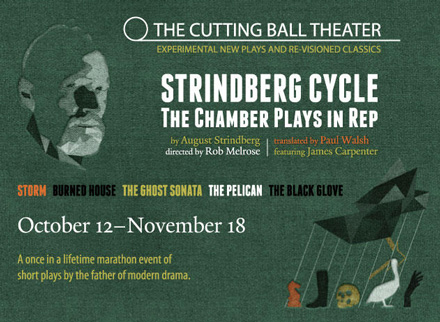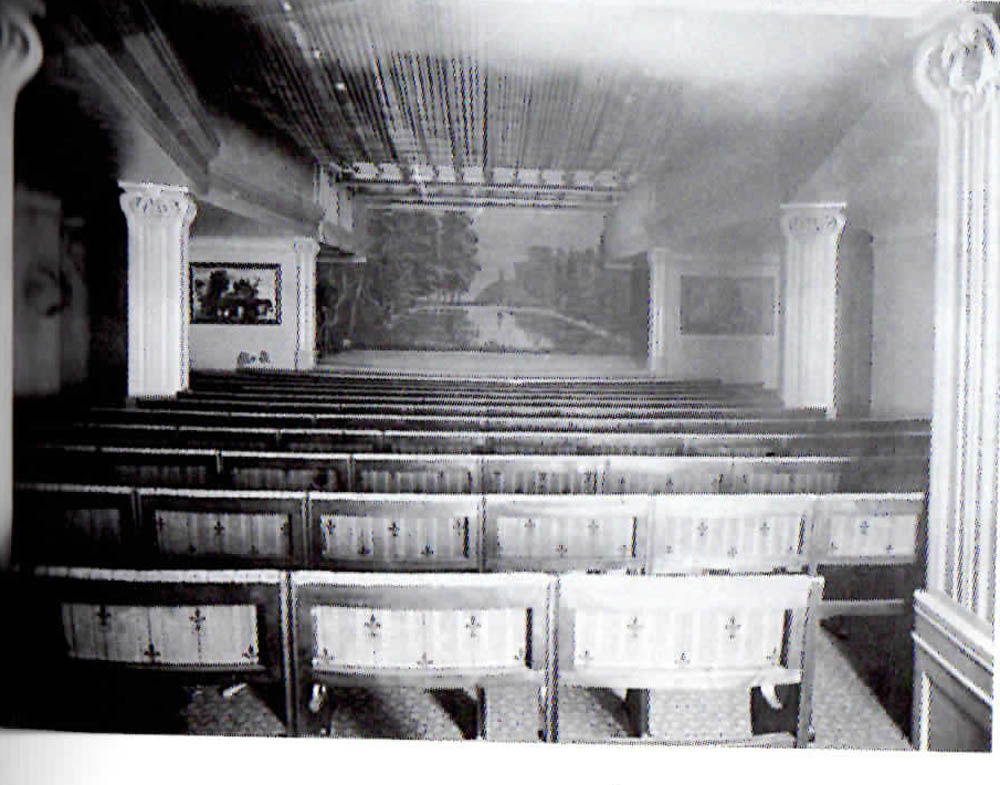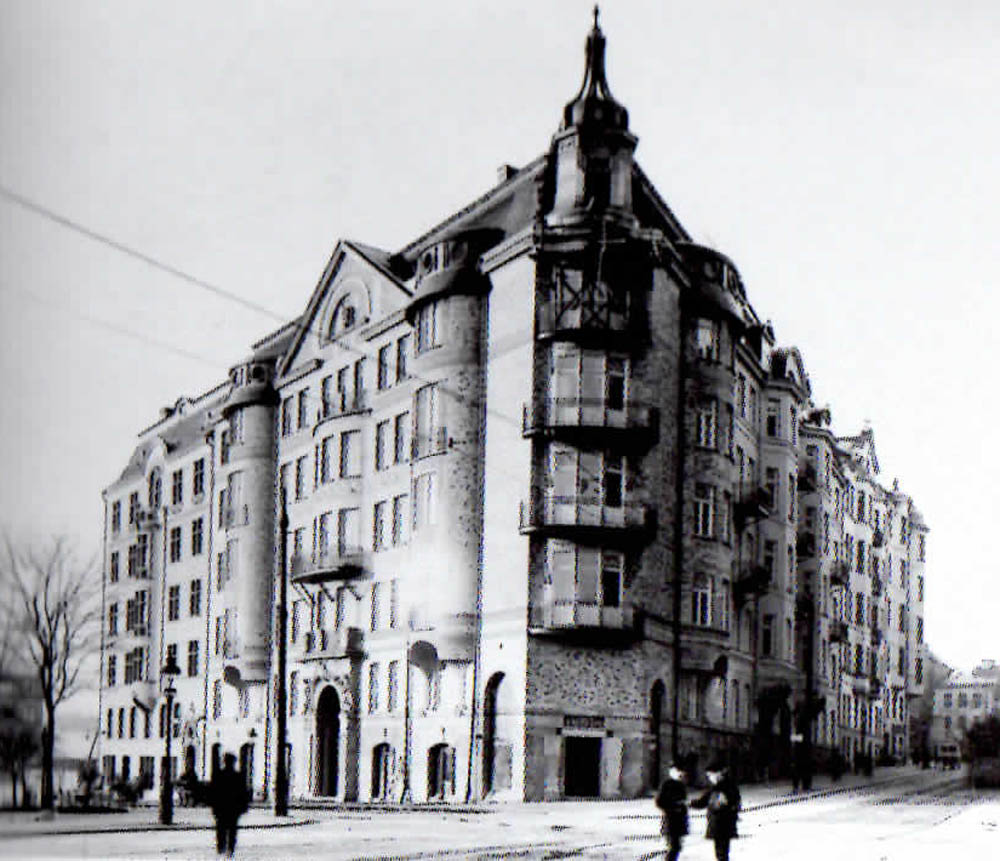History of the Intimate Theater
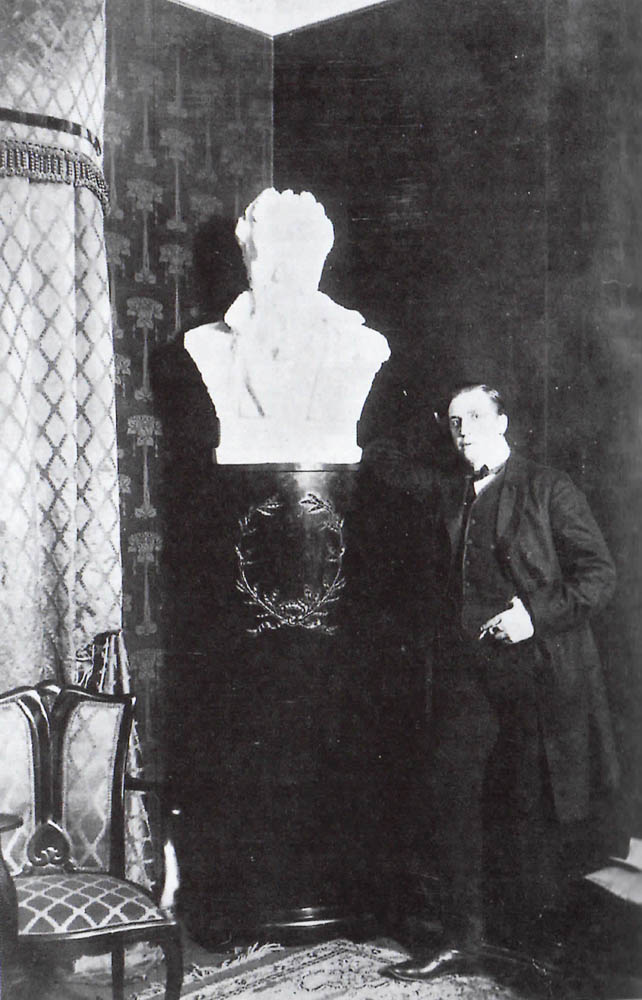 In 1906, Strindberg was contacted by a young director, August Falck, asking for Strindberg’s permission to produce touring performances of The Father. The performances were received with mild success. Falck followed this production with a remounting of Miss Julie, which received widespread acclaim and went on to tour Sweden for the rest of the year. Encouraged by the success of these productions, Strindberg founded the “Intimate Theater” in 1907, with Falck as Artistic Director.
In 1906, Strindberg was contacted by a young director, August Falck, asking for Strindberg’s permission to produce touring performances of The Father. The performances were received with mild success. Falck followed this production with a remounting of Miss Julie, which received widespread acclaim and went on to tour Sweden for the rest of the year. Encouraged by the success of these productions, Strindberg founded the “Intimate Theater” in 1907, with Falck as Artistic Director.

As the name implies, the Intimate Theater was, in part, a reaction against the previous century’s grandiose, large scale, and technically complicated productions staged in enormous and lavish proscenium stages. Strindberg was inspired by Max Reinhardt’s 1905 opening of Kammerspielhaus in Berlin, and eager to create work suited to the emerging theatrical movement towards more modest staging. In stark contrast to the grand opera houses, the Intimate Theater sat only 160 people and the playing space of Intimate Theater was only 6 x 4 square meters (though outfitted with the most advanced lighting equipment available at the time). In his Open Letter on Intimate Theater, Strindberg wrote, “If I were asked what the Intimate Theater wants, what its aim is, I would answer this: to develop in drama a subject laden with meaning, but limited. We avoid expedients, easy effects, bravura pieces, numbers for stars. The author should not be tied in advance by any rule, it is the subject that determines the form. Complete freedom, then, in how the subject is dealt with, provided that the unity of conception and style are respected.” In another memorandum Strindberg listed the Intimate Theater’s guiding rules, both artistically and atmospherically:
1. No sale of intoxicants.
2. No Sunday matinees.
3. Short performances! 8 to 10 PM. Short curtain-raisers, if any.
4. No curtain call during the performance.
5. No Prompter. No orchestra, only music on stage.
6. The text to be on sale at the box office and in the foyer.
7. Summer performances. Only 160 places in the auditorium.
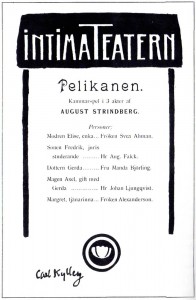
With the founding of the Intimate Theater came Strindberg’s notion of the “Chamber Play”, which he defined as the “concept of chamber music translated into drama… [where] one lives in a world of intimations, where people speak in half tones, mutedly, because they are ashamed of being human!” Strindberg specifically wrote five Chamber Plays to be staged the Intimate Theater, which, like chamber music, revolved around central themes and recurring motifs. Strindberg wrote that “though the tales [in each of the five plays] are different, they all hang together on a thread, and the theme recurs regularly.” The recurring theme, Strindberg critic Egil Tornqvist writes, “is the antithesis, between Sein and Schein, being and seeming. The events which take place, the activities of the characters, their existence shown to us — all are but variations […] of this basic theme.” Lynn R. Wilkinson adds that these plays allowed Strindberg to explore “mesmerism, hypnosis, and the theories of Charcot [on hysteria],” and that “Strindberg almost always ties his psychological interests to explicitly to questions of power, domination, sexual difference, and politics… [which is] an aspect of these plays that is easily overlooked when they are read or performed in isolation”
Though Storm is the first of the five Chamber Plays, the Intimate Theater was inaugurated on November 26, 1907 with The Pelican. The project struggled from the beginning. Though Strindberg’s work was pioneering, the Chamber Plays were poorly received, harshly criticized, and were often withdrawn after around 10 performances. Egil Tornqvist notes, despite the fact that the Chamber Plays were written specifically for the Intimate Theater, “of the twenty-four Strindberg plays produced at his own Intimate Theater between 1907 and 1910, the religious and lyrical Easter and the fairy-tale play Swanwhite, now rarely performed, were the ones with the longest runs.” Falck was not well-known as a director, and the company struggled to attract the caliber of actors that had made the revival of Miss Julie so successful. The Intimate Theater soon ran into financial trouble, and was forced to default to re-producing Miss Julie and The Father, which were more commercially viable. Strindberg left the Intimate Theater – which he had largely financed himself – after an argument with Falck in 1910, and the theater was shut down shortly thereafter.
Following Strindberg’s death in 1912, there has been renewed interest in his innovations with the Intimate Theater. On the 153rd anniversary of Strindberg’s birthday, January 22, 2002, the Intimate Theater reopened to the public. The theater’s website states “Since then, nearly 1100 performances have been conducted. 60 pieces have been presented, half of which are of Strindberg or about Strindberg.”
